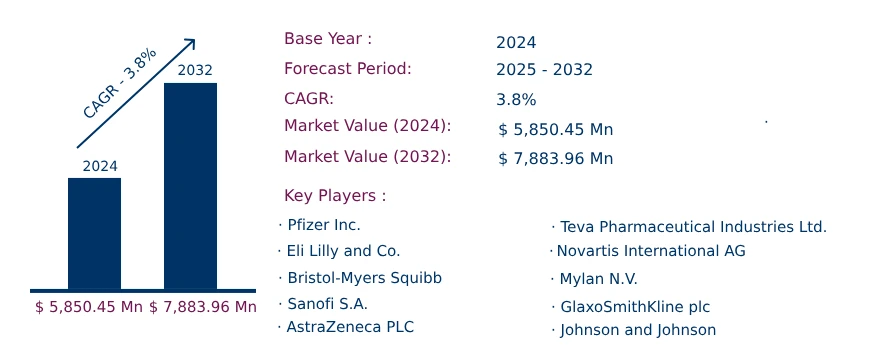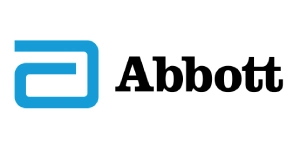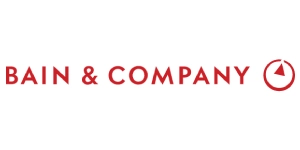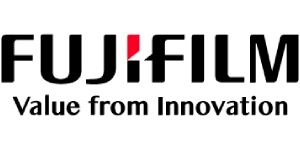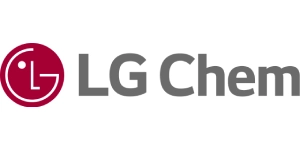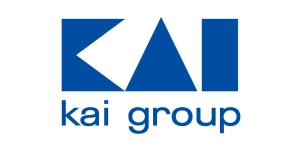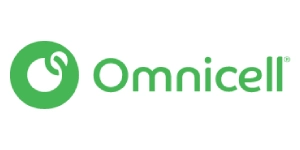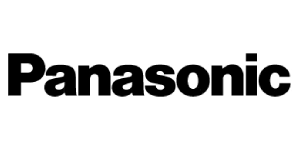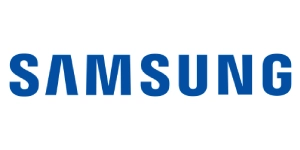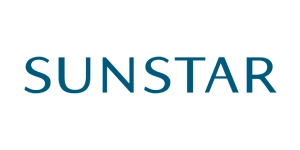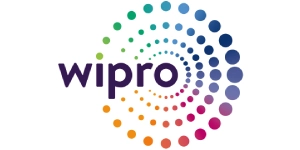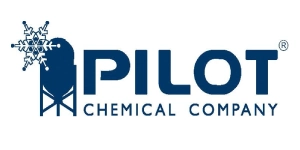Global Paresthesia Treatment Market to Reach USD 7,883.96 Million by 2032 | CAGR of 3.8%
Category : Healthcare | Published Date : Jan 2025 | Type : Press Release
Paresthesia Treatment Market Scope & Overview:
In the newly published report, Consegic Business Intelligence states that the Paresthesia Treatment Market was valued at USD 5,850.45 million in 2024 and is projected to grow at a CAGR of 3.8%, reaching USD 7,883.96 million by 2032. Paresthesia treatment focuses on alleviating abnormal sensations such as tingling, numbness, and burning caused by nerve dysfunction or damage. The market includes pharmacological therapies, neuromodulation devices, and rehabilitative treatments aimed at symptom relief and nerve function restoration. Increasing incidences of chronic conditions, technological advancements in neuromodulation, and rising awareness of nerve health are propelling market growth.
The report comprises the Paresthesia Treatment Market Share, Size & Industry Analysis, based on Type (Chronic Paresthesia, Temporary Paresthesia), Diagnosis (Imaging Tests, Electromyography (EMG), Blood Tests, Others), Distribution Channel (Hospital Pharmacies, Retail Pharmacies, Online Pharmacies), End-User (Hospitals, Specialty Clinics, Ambulatory Surgery Centers, Home Care Settings), and Region (North America, Europe, Asia-Pacific, Middle East & Africa, Latin America), and Forecast, 2025–2032.
The report contains detailed information on Paresthesia Treatment Market Trends, Opportunities, Value, Growth Rate, Segmentation, Geographical Coverage, Company Profiles, In-depth Expert Analysis, Revenue Forecast, Competitive Landscape, Growth Factors, Restraints or Challenges, Environment & Regulatory Landscape, PESTLE Analysis, PORTER Analysis, Key Technology Landscape, Value Chain Analysis, and Cost Analysis.
Segmental Analysis :
Based on type, the market is segmented into Chronic Paresthesia and Temporary Paresthesia.
- The Chronic Paresthesia segment accounted for the largest market share in 2024 due to the rising prevalence of chronic conditions like diabetes and neurological disorders. Long-term treatments, including anticonvulsants and antidepressants, are driving demand in this segment.
- The Temporary Paresthesia segment is projected to grow at the fastest CAGR, fueled by the increasing adoption of non-invasive therapies such as physical therapy and ergonomic solutions for managing transient nerve compression and ischemic episodes.
Based on diagnosis, the market is segmented into Imaging Tests (MRI, CT Scan), Electromyography (EMG), Blood Tests, and Others.
- The Imaging Tests segment dominated the market in 2024, driven by the widespread use of MRI and CT scans for diagnosing nerve-related complications. Advancements in imaging technology and AI integration are enhancing diagnostic accuracy.
- The Electromyography (EMG) segment is expected to witness the fastest growth, as EMG is widely used to detect nerve dysfunction and muscle disorders, supported by the adoption of portable EMG devices.
Based on distribution channel, the market is segmented into Hospital Pharmacies, Retail Pharmacies, and Online Pharmacies.
- Hospital Pharmacies held the largest share of 46.50% in 2024, owing to their accessibility to specialized medications and integrated healthcare services.
- Online Pharmacies are anticipated to grow at the highest rate, driven by increased digitalization, home delivery services, and cost-effective medication options.
Based on end-user, the market is segmented into Hospitals, Specialty Clinics, Ambulatory Surgery Centers, and Home Care Settings.
- Hospitals dominated the market in 2024 due to their comprehensive diagnostic and therapeutic facilities, specialized medical staff, and advanced infrastructure.
- Specialty Clinics are projected to grow at the fastest rate, attributed to their personalized care and growing adoption of outpatient services.
Based on regions, the market is segmented into North America, Europe, Asia-Pacific, Middle East & Africa, and Latin America.
- North America led the market in 2024, valued at USD 1,940.64 million, driven by advanced healthcare infrastructure and a high prevalence of neurological disorders in the U.S.
- Asia-Pacific is expected to grow at the fastest CAGR of 4.2%, supported by rising healthcare investments, increasing patient populations, and awareness of neurological disorders in countries like China, Japan, and India.
| Report Attributes | Report Details |
| Study Timeline | 2019-2032 |
| Market Size in 2032 | USD 7,883.96 Million |
| CAGR (2025-2032) | 3.8% |
| Type | Chronic Paresthesia, Temporary Paresthesia |
| Diagnosis | Imaging Tests (MRI, CT Scan), Electromyography (EMG), Blood Tests, Others |
| Distribution Channel | Hospital Pharmacies, Retail Pharmacies, Online Pharmacies |
| End-User | Hospitals, Specialty Clinics, Ambulatory Surgery Centers, Home Care Settings |
| By Region | North America(U.S., Canada, Mexico) Europe(U.K., Germany, France, Spain, Italy, Russia, Benelux, Rest of Europe) APAC(China, South Korea, Japan, India, Australia, ASEAN, Rest of Asia-Pacific) Middle East & Africa(GCC, Turkey, South Africa, Rest of MEA) LATAM(Brazil, Argentina, Chile, Rest of LATAM) |
Top Key Players & Competitive Landscape :
The competitive landscape encompasses major innovators, aftermarket service providers, industry giants, and niche players, all of which are thoroughly examined by Consegic Business Intelligence in terms of their strengths, weaknesses, and value-addition potential. This report includes detailed profiles of key players, market share analysis, mergers and acquisitions, resulting market fragmentation, and emerging partnership trends and dynamics.
List of prominent players in the Paresthesia Treatment Industry:
- Pfizer Inc. (United States)
- Eli Lilly and Co. (United States)
- Bristol-Myers Squibb (United States)
- Sanofi S.A. (France)
- AstraZeneca PLC (United Kingdom)
- Teva Pharmaceutical Industries Ltd. (Israel)
- Novartis International AG (Switzerland)
- Mylan N.V. (United States)
- GlaxoSmithKline plc (United Kingdom)
- Johnson & Johnson (United States)
Recent Industry Developments :
- March 2024: Pfizer Inc. launched a new nerve repair drug aimed at managing chronic paresthesia symptoms in diabetic neuropathy patients.
- July 2023: Eli Lilly and Co. announced the development of AI-based diagnostic tools for early detection and personalized treatment of paresthesia.
- September 2023: Teva Pharmaceutical Industries introduced cost-effective neuromodulation devices designed for outpatient settings, enhancing accessibility for patients in emerging markets.
